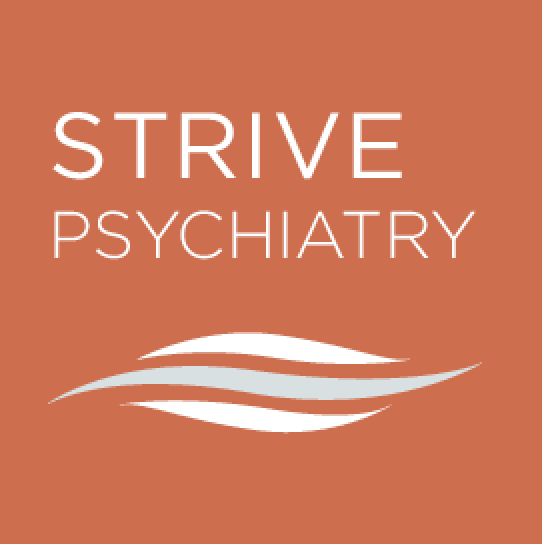A panic attack is an episode of overwhelming fear, often accompanied by shakiness, elevated heart rate, and chest pain. These symptoms can create additional fears in the individual suffering from a panic attack, such as a fear of “going crazy”, or that they are experiencing another kind of health crisis. Panic attacks can last anywhere from a few minutes to an hour; in severe circumstances, immediate medical attention is required to assist an individual experiencing these symptoms.
Panic attacks themselves are not a mental illness. Rather, panic attacks that result from a known trigger are often associated with phobias or other anxiety disorders. For more information, consult our page on Anxiety Disorders.
